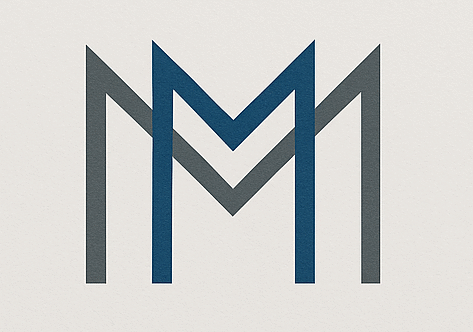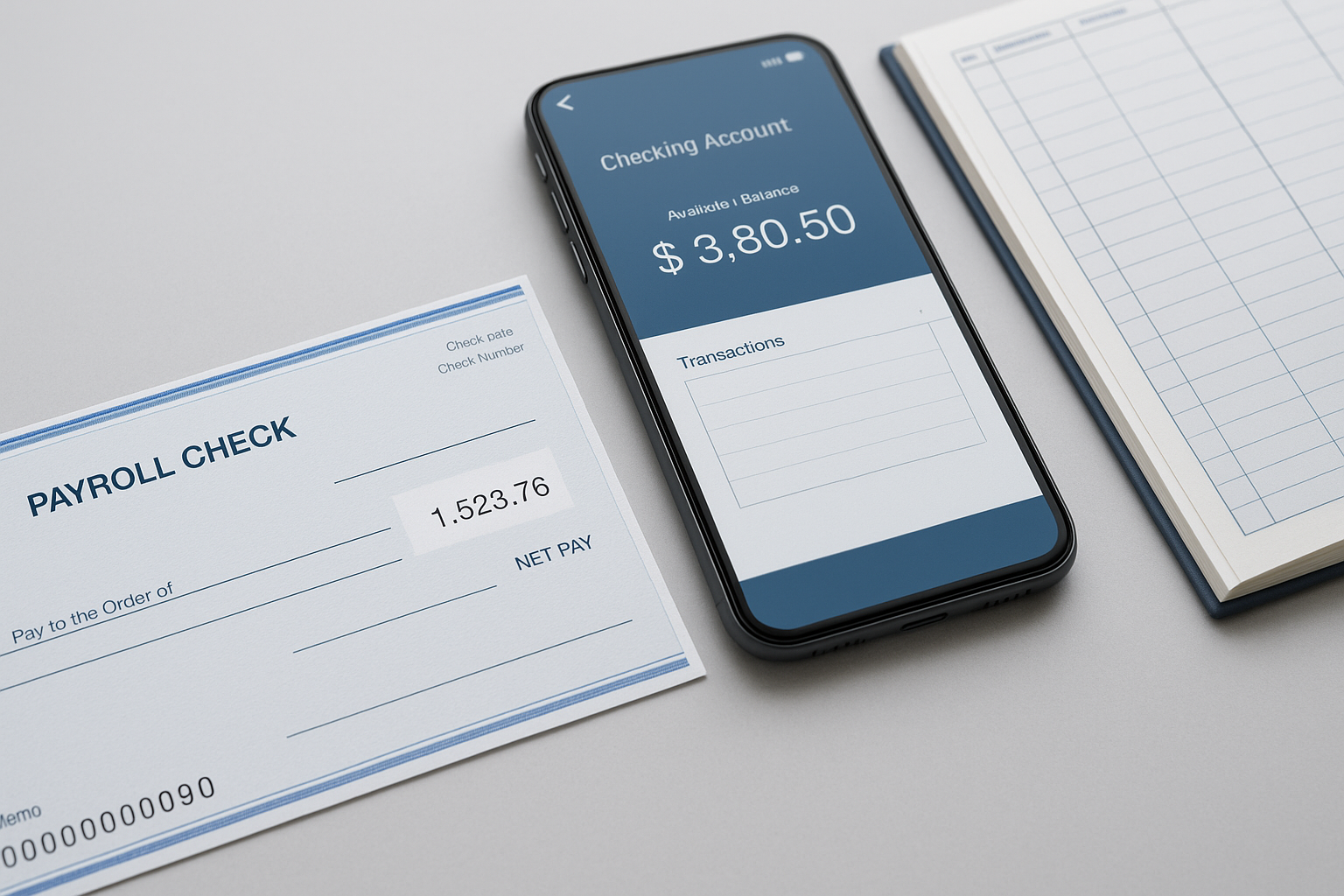How to Pay Yourself as a Small Business Owner: Salary vs. Owner’s Draw
How to Pay Yourself as a Small Business Owner: Salary vs. Owner’s Draw
Running a business comes with a long list of responsibilities — and one of the most confusing is figuring out how to pay yourself. Should you take a salary? An owner’s draw? Both?
The answer depends on how your business is structured, how you manage your cash flow, and what kind of tax treatment you want.
In this guide, we’ll break it all down — clearly and simply.
💡 Why It Matters
Paying yourself isn’t just about taking home money — it affects:
- Your taxes
- Your cash flow
- Your personal finances
- How lenders and investors view your business
Making the right choice now can save you from costly mistakes later.
🏛️ Step 1: Know Your Business Structure
The way you’re legally set up plays a huge role in how you can pay yourself.
| Entity Type | How You’re Paid | Tax Notes |
|---|---|---|
| Sole Proprietor | Owner’s Draw | Pay self-employment tax |
| Partnership | Owner’s Draw | Same as above, split by % ownership |
| LLC (Single or Multi-Member) | Owner’s Draw (or Salary if S-Corp) | Depends on tax election |
| S-Corp | Reasonable Salary + Dividends | Must run payroll, pay yourself via W-2 |
| C-Corp | Salary + Dividends | Salary is deductible; dividends are not |
💵 What Is a Salary?
A salary is a consistent, scheduled payment (like a W-2 employee would receive).
Pros:
- Predictable income
- Easier to budget
- Looks good to lenders
- Required for S-Corp owners
Cons:
- You must run payroll
- Requires withholding taxes
- Can’t easily fluctuate with business income
🧾 What Is an Owner’s Draw?
An owner’s draw means you transfer money from your business account to your personal account — simple as that.
Pros:
- Super flexible
- No payroll setup required
- Works well for new or inconsistent income
Cons:
- No taxes withheld (you’ll owe later)
- Harder to show steady income to lenders
- Can lead to overspending if not tracked
👀 So… Which Should You Choose?
✅ If you’re a sole proprietor or standard LLC:
Start with an owner’s draw. Just be sure to set aside money for taxes (a good rule of thumb is 25–30%).
✅ If you’ve elected S-Corp status:
You’re required to pay yourself a “reasonable salary” before taking any profits. This means setting up payroll, withholding taxes, and filing quarterly.
✅ If you’re unsure:
Start with an owner’s draw, then talk to an accountant once your income is stable. You may benefit from switching to S-Corp status as you grow.
🧮 Bonus Tip: Use the 50/30/20 Rule
Not sure how much to pay yourself?
Here’s a simple budgeting approach:
- 50% for operating costs (rent, tools, etc.)
- 30% set aside for taxes
- 20% to pay yourself
As income grows, adjust your draw or salary — but never pay yourself everything in the account. Leave room for expenses and taxes.
📌 Final Thoughts
There’s no one-size-fits-all answer to how you should pay yourself. But understanding the difference between a salary and an owner’s draw is the first step toward building a financially sustainable business — and avoiding IRS headaches down the road.
👉 What’s Next?
- Download our Free Owner Pay Calculator [COMING SOON]
- Read: 15 Essential Tax Deductions for Small Business Owners

